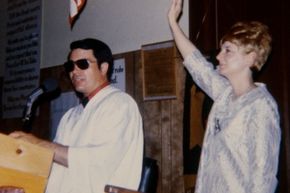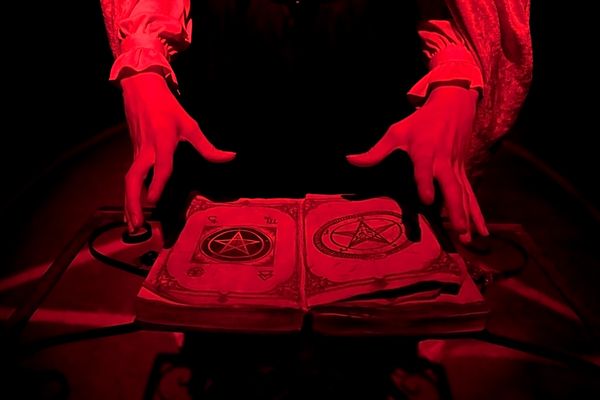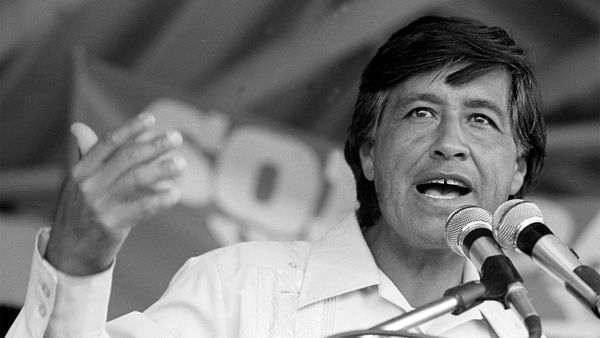Guyana, 1978. On the grounds of the People's Temple Agricultural Project, men, women and children are lining up to get a drink. Within five minutes of swallowing the cyanide-laced concoction, they're dead. More than 900 people die over the course of the day in the largest single, non-natural loss of American lives prior to Sept. 11, 2001 [source: Miller]. The People's Temple Agricultural Project is better known as Jonestown. If you've ever wondered where the phrase "drinking the Kool-Aid" comes from — this is it.
The People's Temple was formed during the cultural upheaval of the 1960s and '70s. The group's charismatic leader, Jim Jones, preached a fusion of racial integration, socialism and spiritual awakening. Jones attracted a sizable following and enjoyed popular support from political leaders around the U.S.
Advertisement
But government investigations into the inner workings of his organization led Jones to relocate his operations to a remote corner of Guyana in 1976. There, convinced that his group was under threat from outside forces, Jones arranged rehearsals of mass suicide.
Anxious relatives of some project members lodged complaints against Jones in court and in the media, leading U.S. Rep. Leo Ryan to visit Jonestown in November 1978. After a short visit, Ryan left with a generally favorable view of the project. But he took with him a number of people who had chosen to leave the group. As he was preparing to depart from a nearby airstrip, members of the project's Red Guard shot and killed Ryan and several others.
This event triggered Jones' decision to carry through with the long-planned mass suicide that has since become known as the "Jonestown Massacre."
In the wake of the catastrophe, a group called the Cult Awareness Network (CAN) was formed. The service CAN provided was called "deprogramming."
Advertisement







